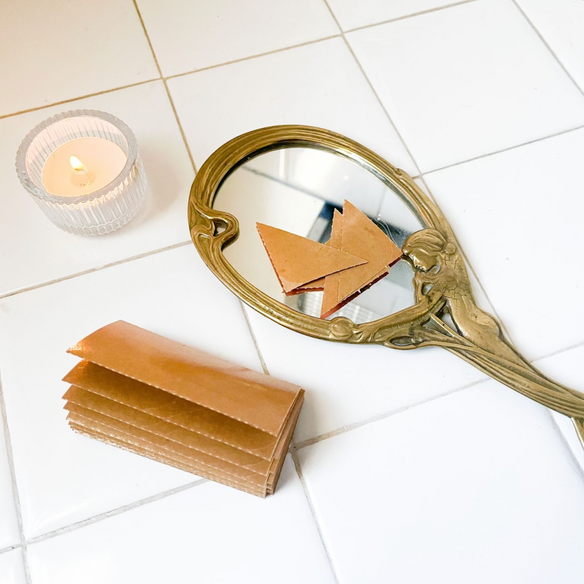
Finding relief for inflammed skin using Botnia
Botnia Skincare: A Holistic Esthetician’s Guide to Inflammed Skin
Are you blushing, or is it rosacea? Redness on your cheeks, nose, chin, and forehead, in combo with little bumps that look like acne, might just be the skin condition that affects 16 million people in America alone! While there’s no cure for rosacea, a skincare routine with gentle products can help control and reduce the signs and symptoms you might be experiencing. Today, we share our top product picks for rosacea and tips for keeping the symptoms at bay.
What is rosacea?
Rosacea is a common skin disease that includes flushing or redness on the face. Other symptoms can vary between each person and can include swelling with acne-like breakouts, thickened skin with a bumpy texture, patches of dry skin, or visible blood vessels. Flare-ups can be triggered by sunlight, extreme temperatures, stress, certain foods/drinks including alcohol, and intense exercise. Reports on completed research for the potential causes of rosacea can be found here. You’ll need to see a doctor or dermatologist to receive a diagnosis for rosacea.
Botnia’s recommendations for rosacea
What I will say about rosacea is that there are many different kinds and it’s important to drill down why your skin is in an inflammatory state. In the treatment room, if I see the signs of rosacea, I like to focus on taking down inflammation as the first line of defense and build back the barrier function of your skin. I recommend Botnia’s Balancing Oil Cleanser or Essential Enzymes because they doesn’t disrupt the barrier function or strip away the natural pH of the skin.
Depending on the kind of rosacea you have, you can add in an acidic element like our Rose Water Toner. What’s great about this soothing toner is that it doesn’t have any added essential oils, so it’s gentle enough for someone who’s in an inflamed state. When your barrier is compromised, adding in acidity helps fight bacteria and other irritants.
You’ll want to follow up with Hydrating Serum and a facial oil, like Clarity Oil or Replenishing Facial Oil which acts as a deconstructed moisturizer that avoids any waxes or butters that can be heavy or occlusive.
If you have dry rosacea, you’ll be able to handle more of a heavyweight moisturizer and the Daily Face Cream works really well year-round. For extra bonus points, you can visit your local Botnia spa partner to customize the Daily Face Cream with boosters that can help alleviate symptoms of rosacea. Depending on the state of rosacea you have, the amount of boosters added can be adjusted.
Chamomile has also been proven to help soothe irritated skin from rosacea. Bisabolol, a terpene found in chamomile, works on two levels; it helps protect your skin from bad bacteria and takes down and soothes inflammation. However, if you’re allergic to grass or pollen or have reactive skin, it may not be the best botanical for you.
Other treatment ideas
Sometimes, rosacea is misdiagnosed, and what causes inflammation on the skin are microorganisms called Demodex mites that naturally occur on everyone’s skin. They live in the hair follicles of your skin and cause irritation in the follicle of the hair shaft and present themselves like rosacea. If you’re experiencing barrier dysfunction, or have an over-stripped microbiome, it’s possible that the population of mites has grown out of control. You’ll want to control the symptoms using sulfur, which is in Botnia’s Sulfur Mask. It’s beneficial to use it every other day to disrupt the life cycle of the Demodex mites for the course of a month. I’ve seen amazing results using sulfur in the treatment room.
Interestingly, I’ve also seen people use tea tree oil or neem, as they help with garden mites and are probably effective on surface mites as well. In that case, you would want to get professional guidance to make sure you’re diagnosed correctly.
What’s challenging about rosacea is that each person will have different sensitivities, which makes knowing the triggers that cause rosacea hard to pin down.
Here are two main takeaways for your skincare routine: You’ll want to use sulfur to help combat the symptoms of rosacea, and use a non-foaming cleanser, one that is gentle and will help build the microbiome of your skin.
We always suggest that you receive professional guidance when it comes to this type of skin dysfunction because not all people who struggle with it will have the same skin type and treatment will vary from person to person. The good news is that we’ve seen really dramatic results when treated properly and natural botanicals can help solve a lot of the symptoms of rosacea!
Xo,
Justine












